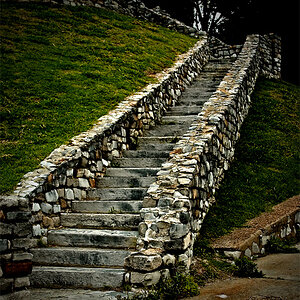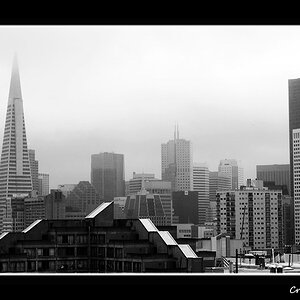H4X1MA
No longer a newbie, moving up!
- Joined
- Aug 10, 2011
- Messages
- 327
- Reaction score
- 59
- Location
- Vermont
- Can others edit my Photos
- Photos OK to edit
So I'm trying to create one of those north star spirals, but I have no idea how to set this up. Last night I went out, did a 13 minute exposure at f16, ISO100 and ended up with black and a few speckles. Upon bringing it into Camera RAW I could salvage a spiral, but not without insane grain (pushing the image limits?). I plan to try this again tonight, or tomorrow, and since my last trip was a complete fail; I gained no experience.
I know that a higher ISO would be better, but I also know that a higher ISO is going to introduce more grain.
Maybe my location is just bad; I'm on top of a mountain, overlooking a pond, with little to no light pollution. I would think that this would be ideal, but maybe I'm just wrong?
Can some vets give some pointers?
I know that a higher ISO would be better, but I also know that a higher ISO is going to introduce more grain.
Maybe my location is just bad; I'm on top of a mountain, overlooking a pond, with little to no light pollution. I would think that this would be ideal, but maybe I'm just wrong?
Can some vets give some pointers?



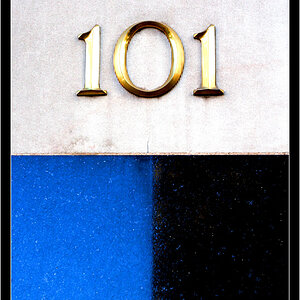
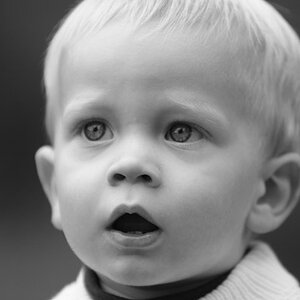
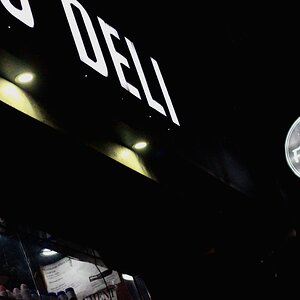
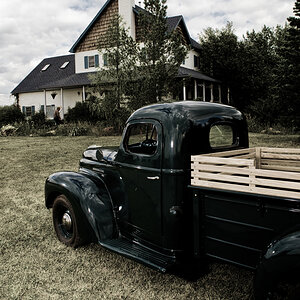
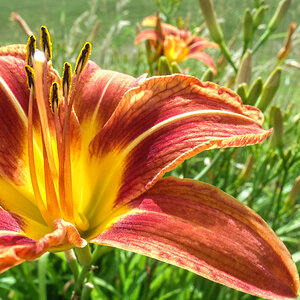
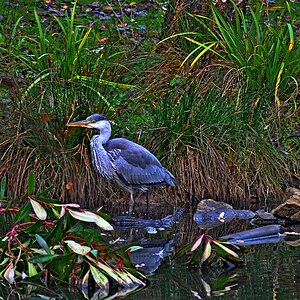

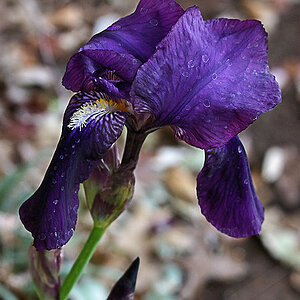
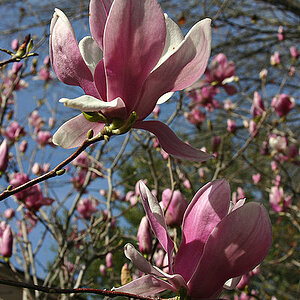
![[No title]](/data/xfmg/thumbnail/42/42059-61b97bbebb00e6276672551f4e3b3e43.jpg?1619739995)
